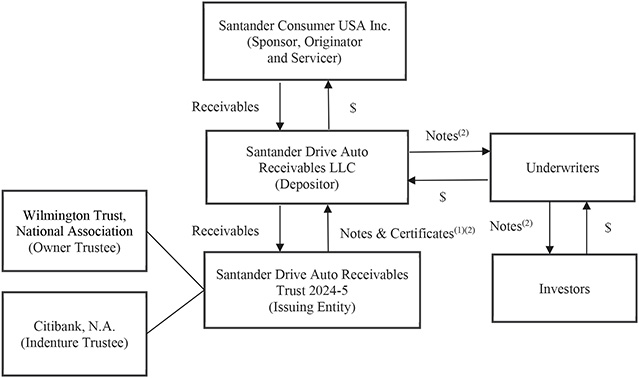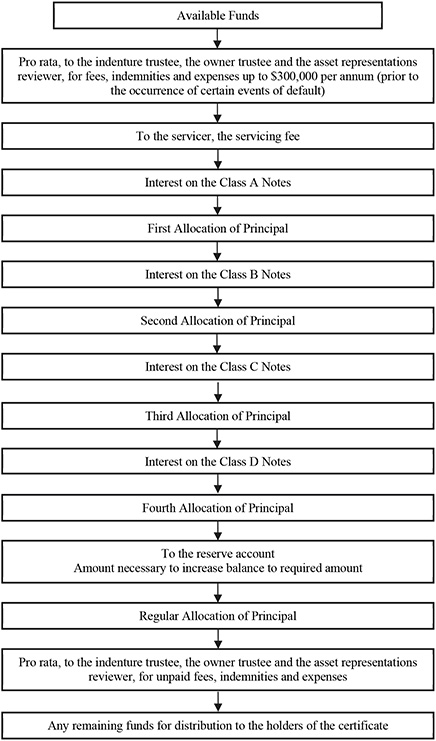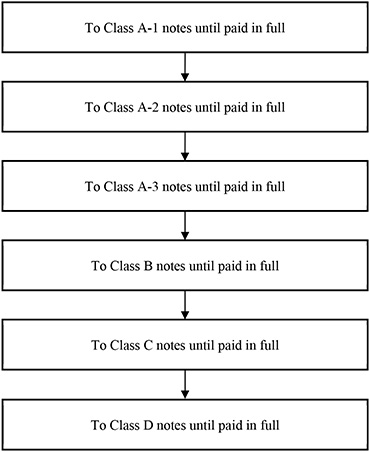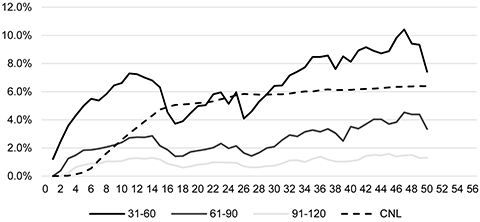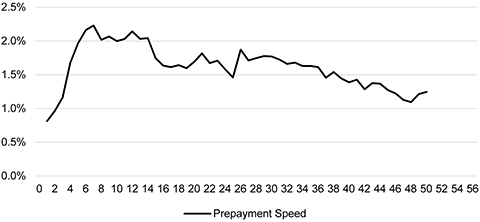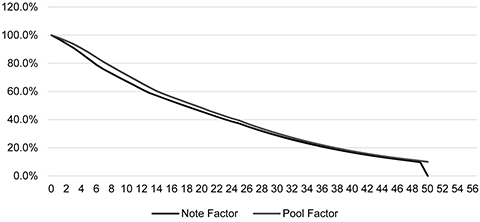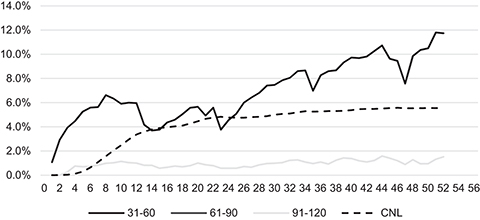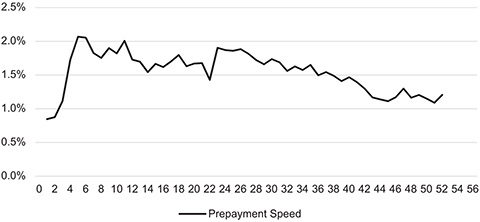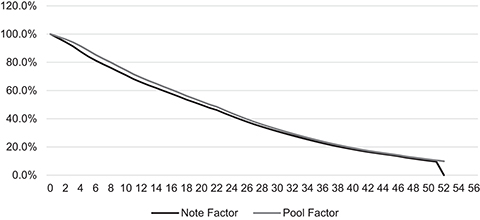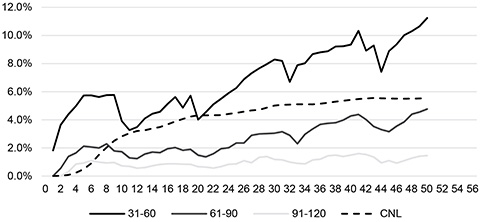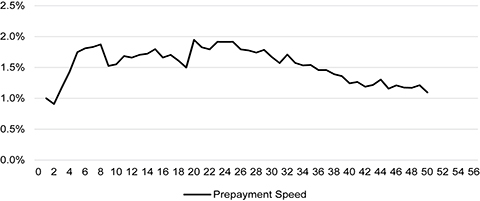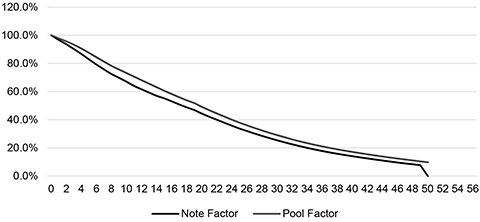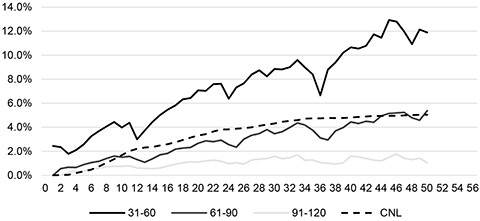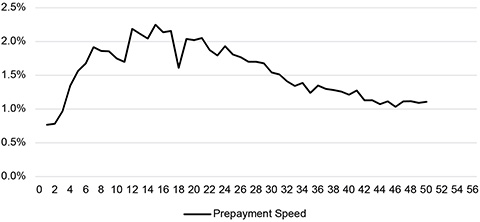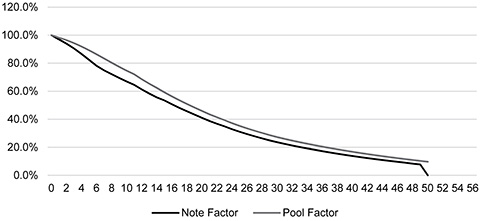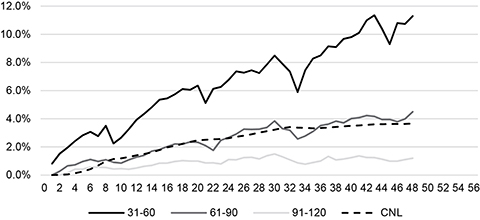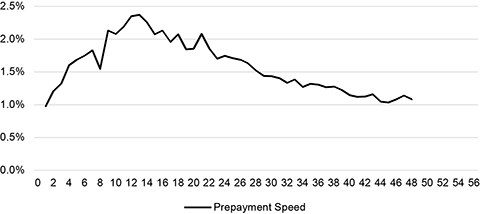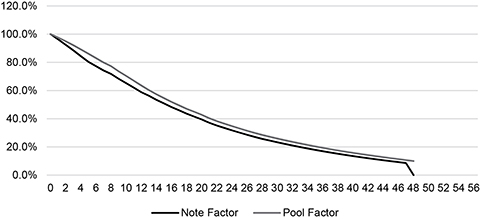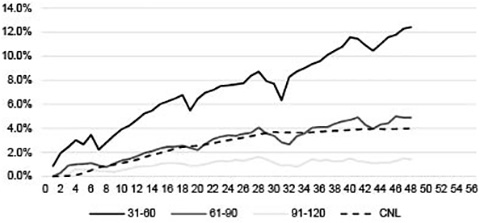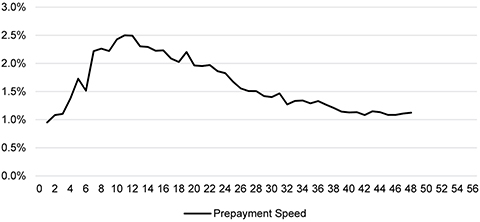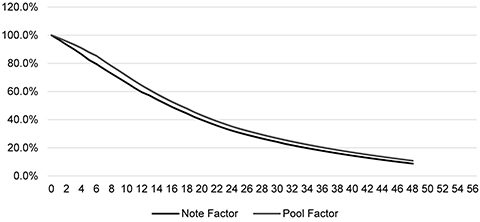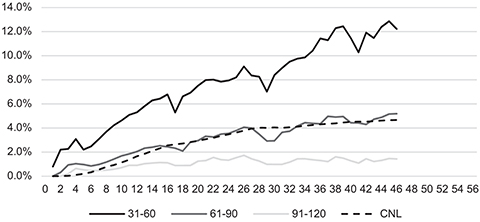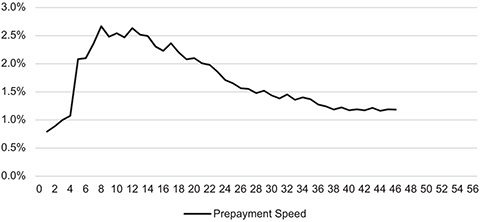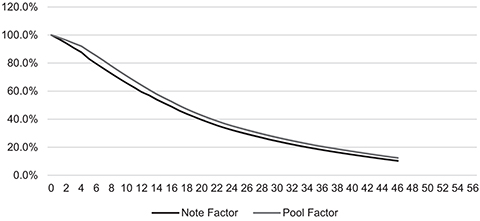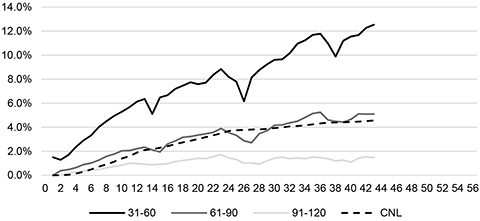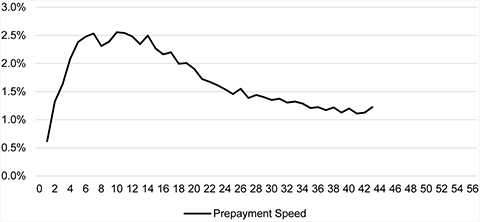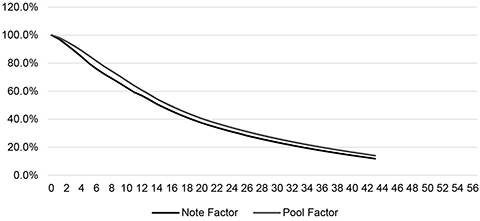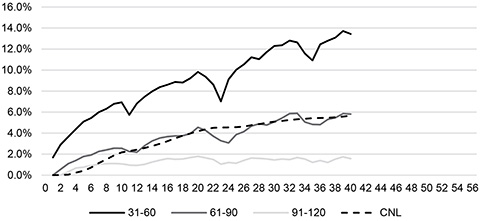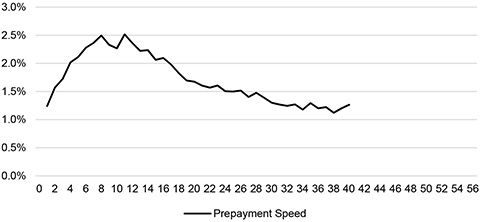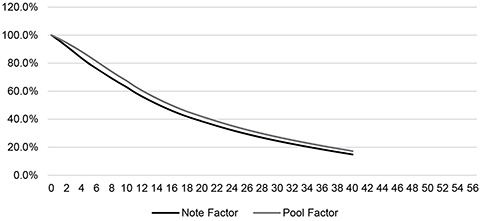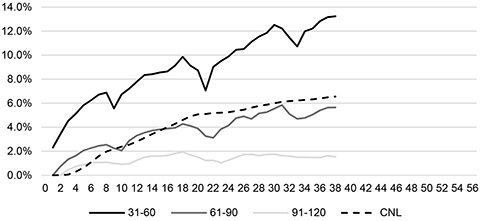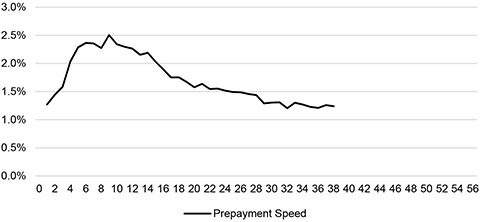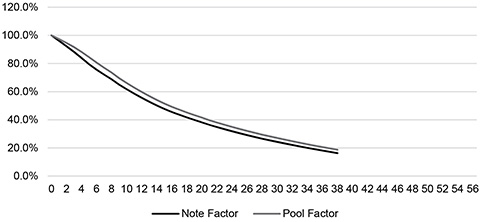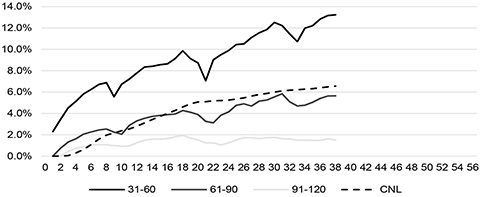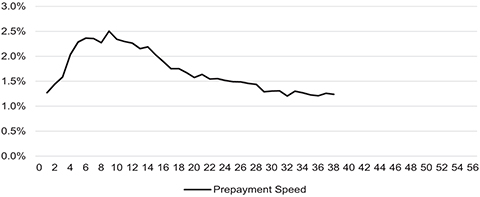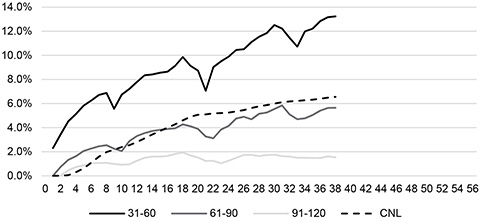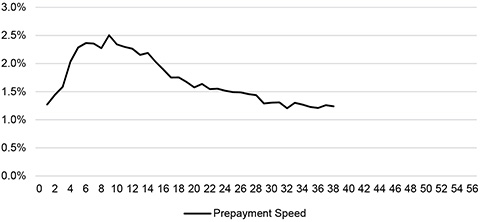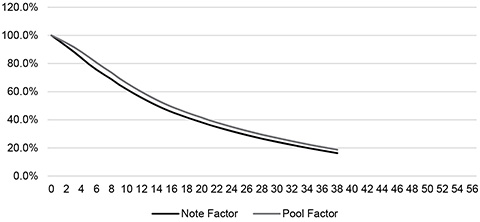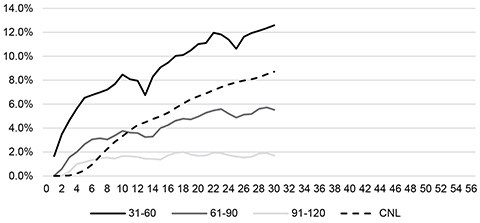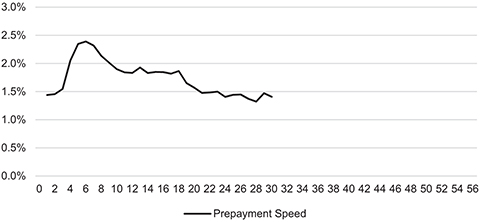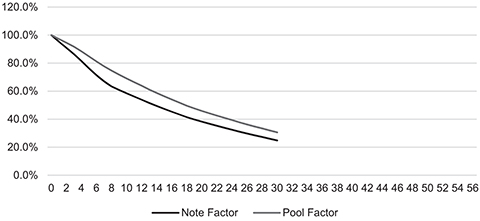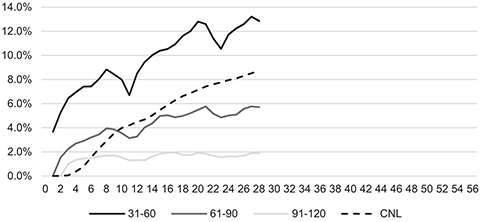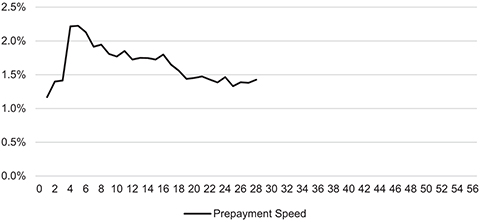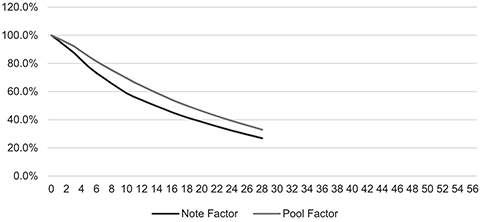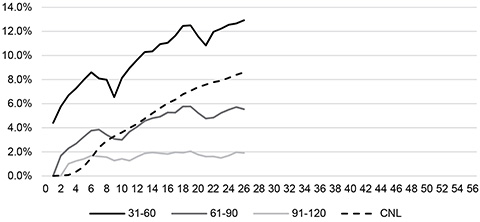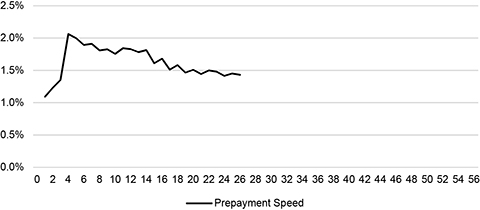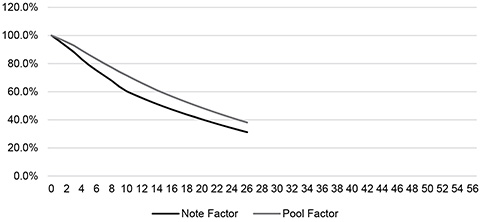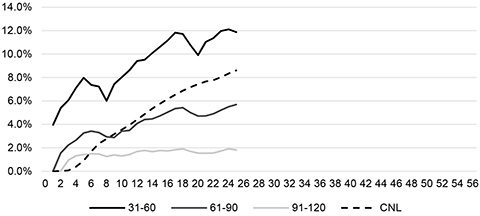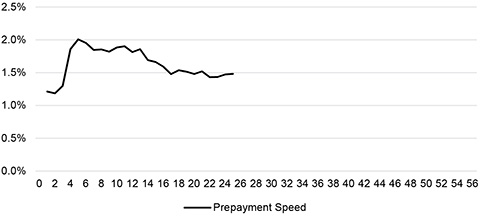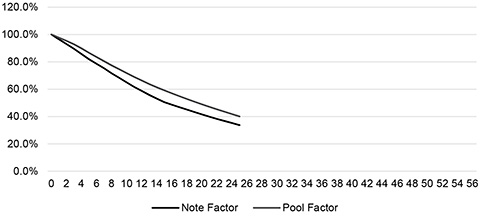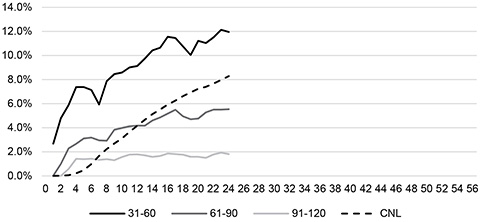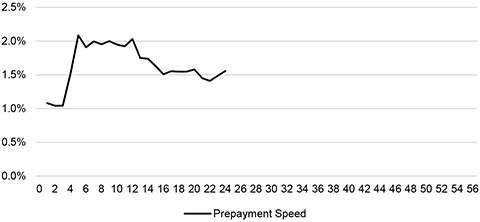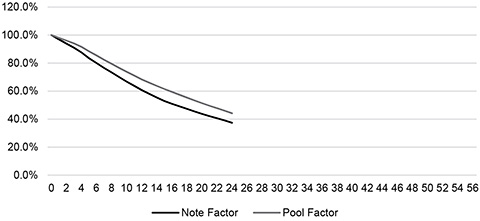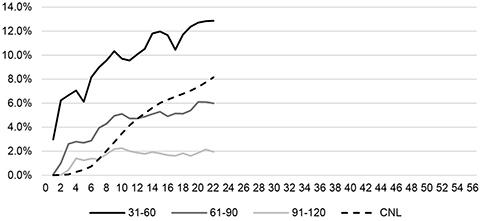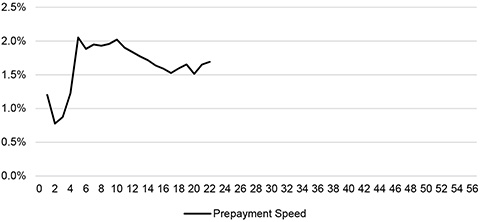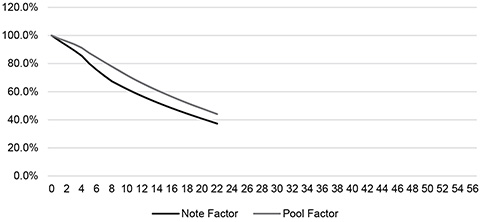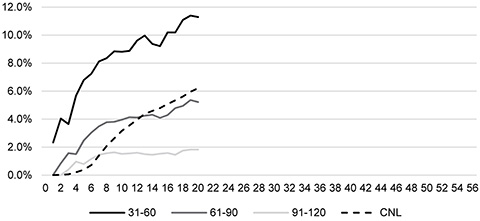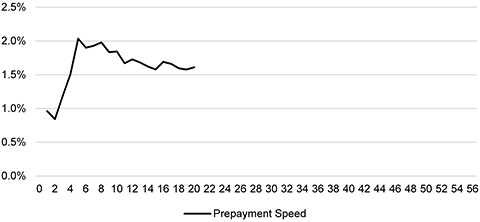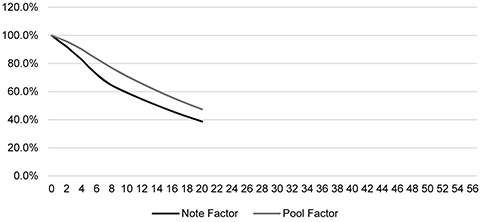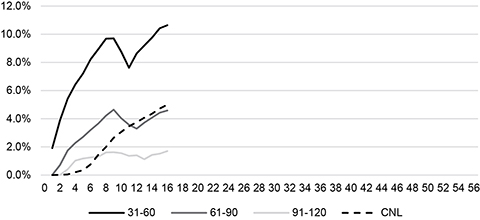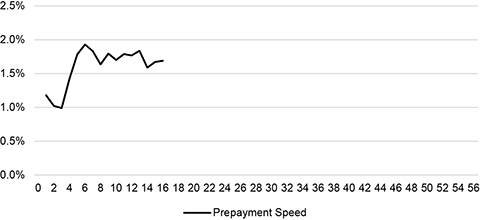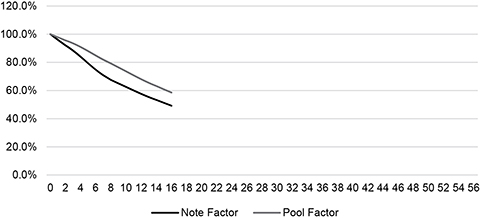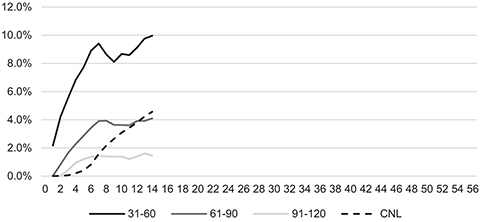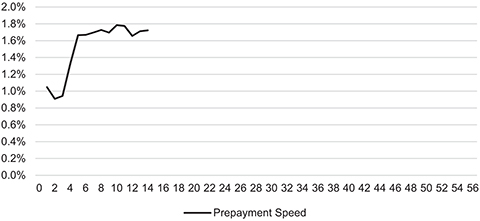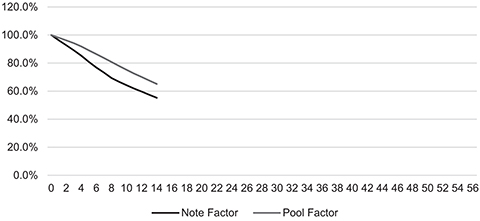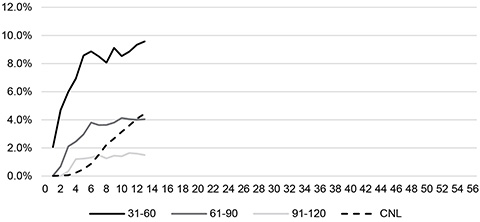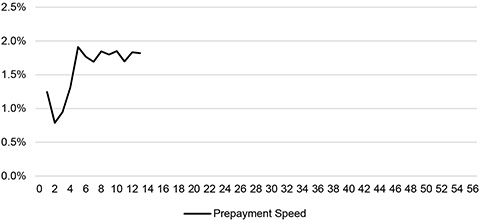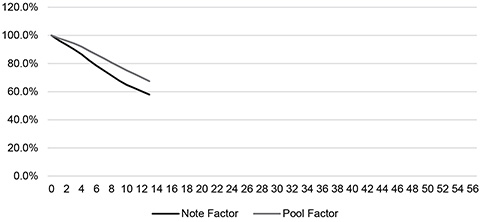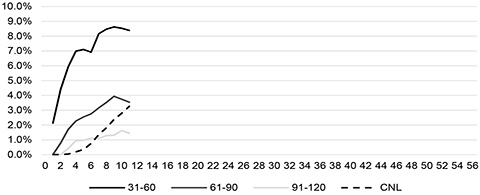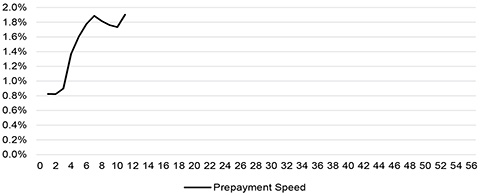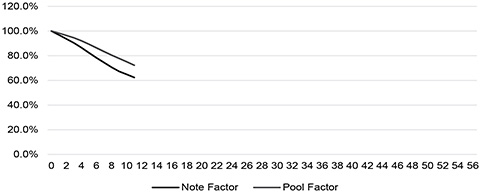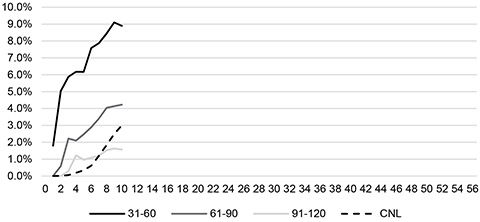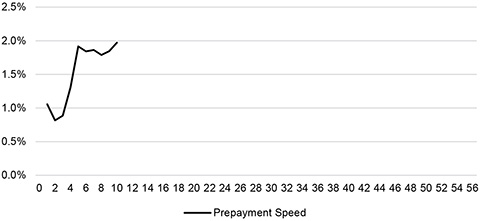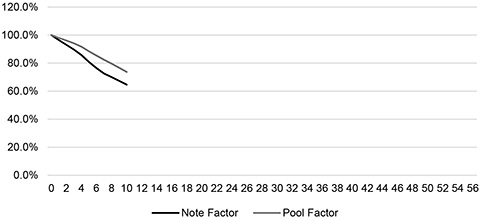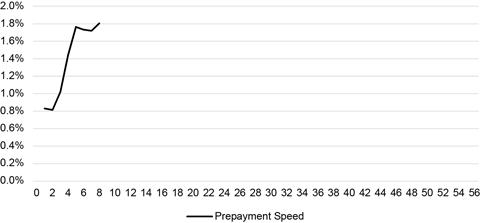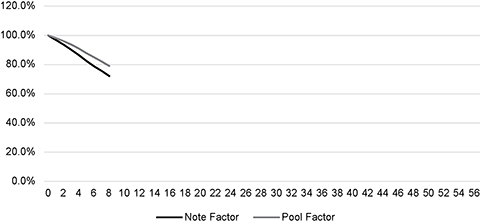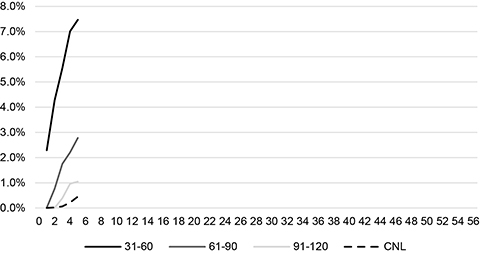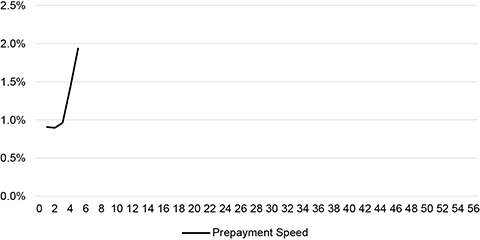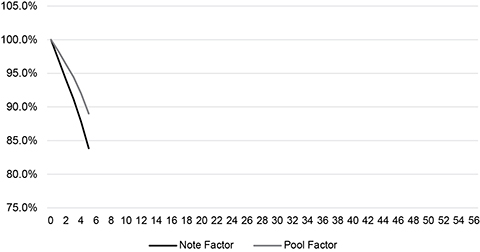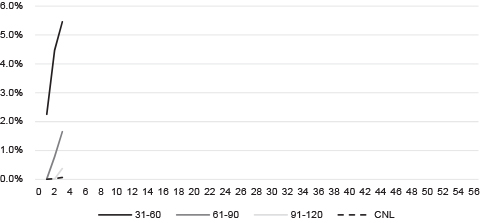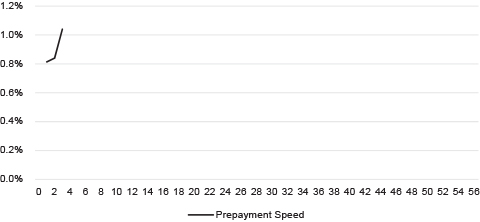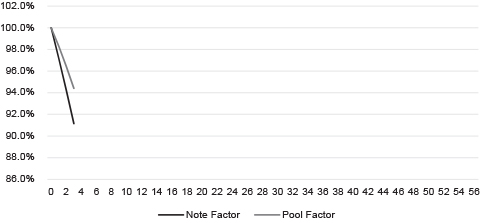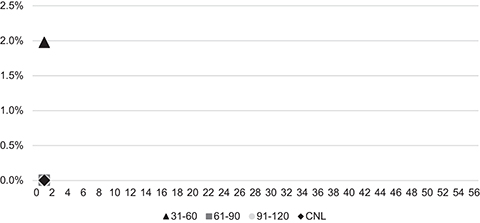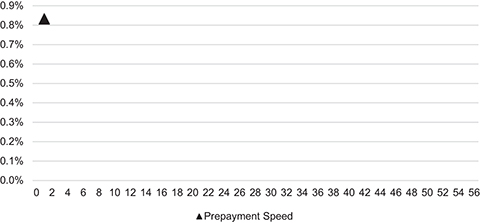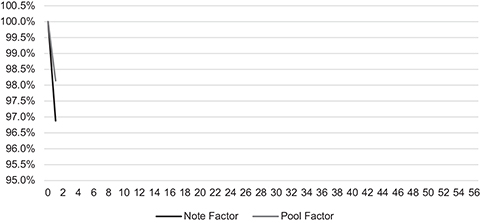GLOSSARY
“Available Funds” means, for any payment date and the related Collection Period, an amount equal to the sum of the following amounts: (i) all Collections received by the servicer during such Collection Period, (ii) the sum of the repurchase prices deposited into the collection account with respect to each receivable that will be repurchased or purchased by the sponsor or servicer, as applicable, on that payment date, (iii) any amounts of cash on deposit in the reserve account in excess of the Specified Reserve Account Balance and (iv) any amounts deposited into the collection account in connection with the exercise of an optional redemption of the notes.
“Business Day” means any day other than a Saturday, a Sunday or a day on which banking institutions in the states of Delaware, Illinois, Texas or New York, or in the state in which the corporate trust office of the indenture trustee is located, are authorized or obligated by law, executive order or government decree to be closed; provided that, when used in the context of a payment date, Business Day means any day other than (i) a Saturday or Sunday or (ii) a day on which the Federal Reserve Bank of New York is closed.
“Class A-1 Note Balance” means, at any time, $199,930,000, reduced by all payments of principal made prior to such time on the Class A-1 notes.
“Class A-2 Note Balance” means, at any time, $563,580,000, reduced by all payments of principal made prior to such time on the Class A-2 notes.
“Class A-3 Note Balance” means, at any time, $325,950,000, reduced by all payments of principal made prior to such time on the Class A-3 notes.
“Class B Note Balance” means, at any time, $206,620,000, reduced by all payments of principal made prior to such time on the Class B notes.
“Class C Note Balance” means, at any time, $187,840,000, reduced by all payments of principal made prior to such time on the Class C notes.
“Class D Note Balance” means, at any time, $216,010,000, reduced by all payments of principal made prior to such time on the Class D notes.
“Collection Period” means the period commencing on the first day of each calendar month and ending on the last day of such calendar month (or, in the case of the initial Collection Period, the period commencing on the close of business on the cut-off date and ending on October 31, 2024). As used in this prospectus, the “related” Collection Period with respect to any date of determination or payment date will be deemed to be the Collection Period which immediately precedes that date of determination or payment date.
“Collections” means, to the extent received by the servicer after the cut-off date, the sum of (A) with respect to any receivable, (i) any monthly payment by or on behalf of the obligor thereunder, (ii) any full or partial prepayment of that receivable and (iii) any other amounts received by the servicer which, in accordance with its customary servicing practices, would customarily be applied to the payment of accrued interest or to reduce the principal balance of that receivable, including rebates of premiums with respect to the cancellation or termination of any insurance policy, extended warranty or service contract that was financed by such receivable and (B) Net Liquidation Proceeds; provided, however, that the term “Collections” in no event will include (1) for any payment date, any amounts in respect of any receivable repurchased or purchased by the sponsor or the servicer, as applicable, on a prior payment date and (2) any Supplemental Servicing Fees.
“Contract Rate” means, with respect to a receivable, the rate per annum at which interest accrues under the contract evidencing such receivable. Such rate may be less than the “Annual Percentage Rate” disclosed in the receivable.
“Controlling Class” means, with respect to any notes outstanding, the Class A notes (voting together as a single class) as long as any Class A notes are outstanding, and thereafter the Class B notes as long as any Class B notes are outstanding, and thereafter the Class C notes as long as any Class C notes are outstanding, and thereafter the Class D notes as long as any Class D notes are outstanding.
138

